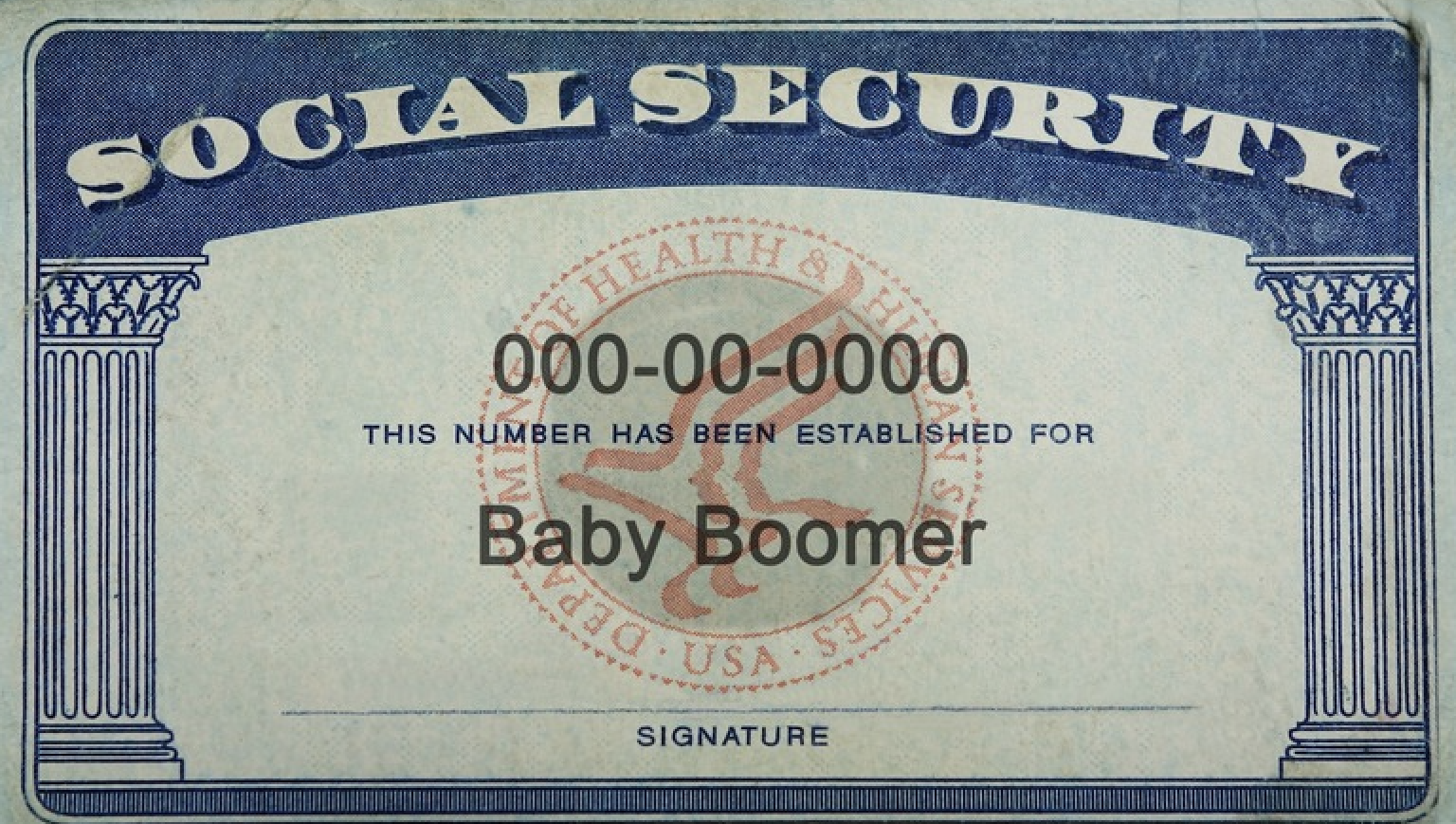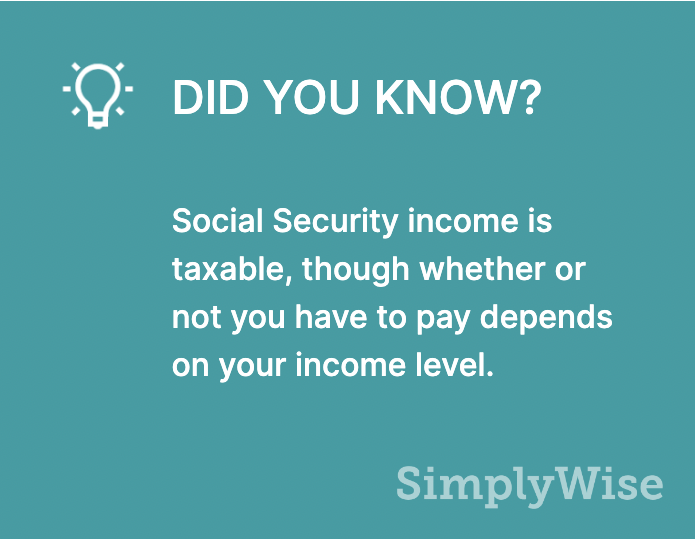
The Social Security Administration was born out of the national upheaval following the Great Depression. And today, we’re going through a historic pandemic that is similarly rocking our nation and world.
Social Security benefits are received by about 64 million people — retired workers, disabled people, and survivors of workers who have died. It provides roughly a third of the income for most of the retired people who receive it. While it has evolved greatly since its inception in 1936, it can sometimes seem a confusing, bureaucratic system. But without it, many people in the United States would struggle to survive.
Yet as the coronavirus pandemic puts stress on Americans, some proposals to help the economy could actually hurt Social Security beneficiaries. For example, President Trump’s proposal to cut payroll taxes to 0% would remove Social Security’s main revenue source and further defund the program.
Given the pandemic and the response, it’s not entirely surprising that 4 in 10 Americans are now considering delaying retirement. That’s why it’s more important than ever to know the facts about Social Security to ensure you are optimizing your benefits and staying on track for retirement.
Here are 10 important things to know about this social safety net.
1. The Social Security Administration is fueled by taxes from workers
The money for Social Security payments, whether for retirement, disability, or family benefits, comes from payroll taxes earmarked to cover those payments. Of the total 12.4 percent tax that goes toward Social Security, employees pay 6.2 percent up to the taxable maximum of $137,700 (in 2020). They do not have to pay Social Security on earnings above $137,700. Employers pay the other 6.2 percent to Social Security. Self-employed people pay 12.4 percent.
In 2018, for example, more than 88 percent of Old-Age and Survivors Insurance and Disability Insurance income came from payroll taxes. The rest was from interest earnings from the money in the funds, and from taxing benefits that were paid to people who already have a significant income.
2. The Social Security Administration currently faces potential reductions
Current estimates are that the money to fund Social Security fully will run out by the year 2035. This timeline could even be accelerated given the economic climate and policy proposals around the coronavirus pandemic. This is partly because less money is coming into the system from workers and more money is required by an aging population that is living longer. It is also because Cost of Living Adjustments to ensure that payments cover expenses continue to rise. As of 2020, one projection is that this will cause benefits to only be funded at 75 percent. This may impact when people decide to apply for benefits.
3. Social Security was created to protect American workers
President Franklin D. Roosevelt established the Social Security Administration to create a safety net for Americans who were unemployed or aged. The decision followed the Great Depression when 24.9 percent of Americans were unemployed at the peak of 1933, and two million were homeless. The Committee on Economic Security was established by executive order in June 1934, and ordered to develop a comprehensive social insurance system covering all major personal economic hazards with emphasis on employment and old age insurance.
The United States was the last industrialized nation to establish a Social Security system
Between 1889 and 1928, Germany, Belgium, the Netherlands, Austria, France, Italy, Spain, Hungary, Denmark, Iceland, Norway, the United Kingdom, and Canada all put in place social safety nets for their citizens and workers. The United States showed little interest until the Great Depression.

4. Social Security covers disabled workers
If you are eligible to receive Social Security benefits, but you are not of retirement age, and you become physically or mentally disabled, you may be eligible to receive a monthly payment from Social Security to provide for your needs. Social Security has a process to determine if you qualify. Among the requirements are that your condition must fall under the administration’s list; and your condition must significantly impair your ability to work for at least 12 months. If you are working in 2020 and your earnings average more than $1,260 a month, you generally cannot be considered disabled.
5. Social Security covers the families of workers
Social Security not only covers workers but also their families. For example, if you are eligible to receive Social Security payments because of the money you earned as a worker, and you die before taking your benefits, your family is eligible to receive up to 180 percent of your monthly benefit. Your spouse, and any former spouse to whom you were married for at least 10 years, may be eligible to receive up to percent of your benefit. If you have children who are disabled or who are under the age of 16, they also may be eligible to receive money based on your worker benefit.
6. You must qualify to receive benefits
To receive worker benefits through Social Security, you must qualify by having earned a certain number of credits. A credit is given when a worker earns money. In 2020, for example, workers receive one credit for every $1,410 they earn — up to four credits a year. If you earn four credits every year, for 10 years, you qualify for many Social Security benefits including retirement benefits, disability benefits, and benefits for your family like spousal and survivor benefits. The 40-credit rule does not apply if you become disabled or die at a young age. For example, if you die or become disabled before age 24, you generally only need to have earned six credits in the three years prior to qualify for Social Security benefits.
Spouses or ex-spouses and children of beneficiaries also must meet certain criteria. For example, the spouse or former spouse of a worker may be eligible for up to 50 percent of the worker’s Social Security benefit. But to receive spousal benefits, the worker must have filed for their own benefits first. Even former spouses may receive benefits under such circumstances.
The rules for who qualifies can be complex, so it’s important to understand your specific situation.
7. Your benefit amount changes depending on when you file
Your Full Retirement Age is determined by when you were born. So if you were born between 1954 and 1959, your Full Retirement Age is 66 and some months. But if you were born after 1960, your Full Retirement Age is 67. Generally, you can receive 100 percent of your benefit at Full Retirement Age. But if you retire earlier than that, your benefit will be probably smaller; and if you retire later it is likely to be larger.
8. Social Security payments can be taxed
If you have a significant income in addition to your Social Security benefit, your benefit may be taxed. How much you pay is determined partly by your combined income, which is your adjusted gross income, plus your nontaxable interest, plus half of your Social Security benefits. This might include earnings from work, but also interest, dividends, and other taxable income. If you file taxes as an individual, and your combined income is between $25,000 and $34,000, you may have to pay income tax on up to 50 percent of your benefits. If your income is more than $34,000, up to 85 percent of your benefits may be taxable.

If you file a joint return, and you and your spouse have a combined income between $32,000 and $44,000, you may have to pay income tax on up to 50 percent of your benefits. If it’s above $44,000, you’ll have to pay taxes on up to 85 percent of your benefits may be taxable.
9. You can work and receive Social Security
You can both earn money and receive Social Security retirement or other benefits. But if you are younger than your Full Retirement Age the Social Security Administration may reduce your benefit amount. For example, in 2020, people who are below Full Retirement Age (and not going to reach it in the current year) can earn $18,240 without losing any benefits. But for every $2 above that amount, Social Security will deduct $1 from your benefits. However, they will restore it once you reach Full Retirement Age with an adjustment to your retirement benefit. At Full Retirement Age they will no longer reduce your benefit regardless of your income, though they might tax it.
10. You should plan the best time to file for Social Security
There are many considerations around when to file for Social Security. Most people can file at age 62, and some can file even earlier. However, once you file, you will likely receive that amount and no more for the rest of your life; and if you file before your Full Retirement Age that amount will be less than 100 percent of your benefit. On the other hand, if you wait to file until you are age 70, you may receive up to 124 percent of your benefit because of a Delayed Retirement credit you receive for waiting. But it may not because of the reduction of benefits in 2035. There are many considerations, though, that could impact your decision. For example, do you intend to continue working? If so, how will that impact your benefit both now and later? How long do you expect to live? Are you entitled to benefits on someone else’s record and how does that impact you?
Takeaways
Social Security is an important safety net, but with this important institution comes a number of nuanced facts and rules. Deciding how to employ Social Security for yourself is not a simple equation. There are many factors, from determining your Full Retirement Age to deciding whether to delay claiming your benefits.
Given the uncertainty today, it’s now more important than ever to educate yourself about your eligibility and options in order to maximize your own retirement income.